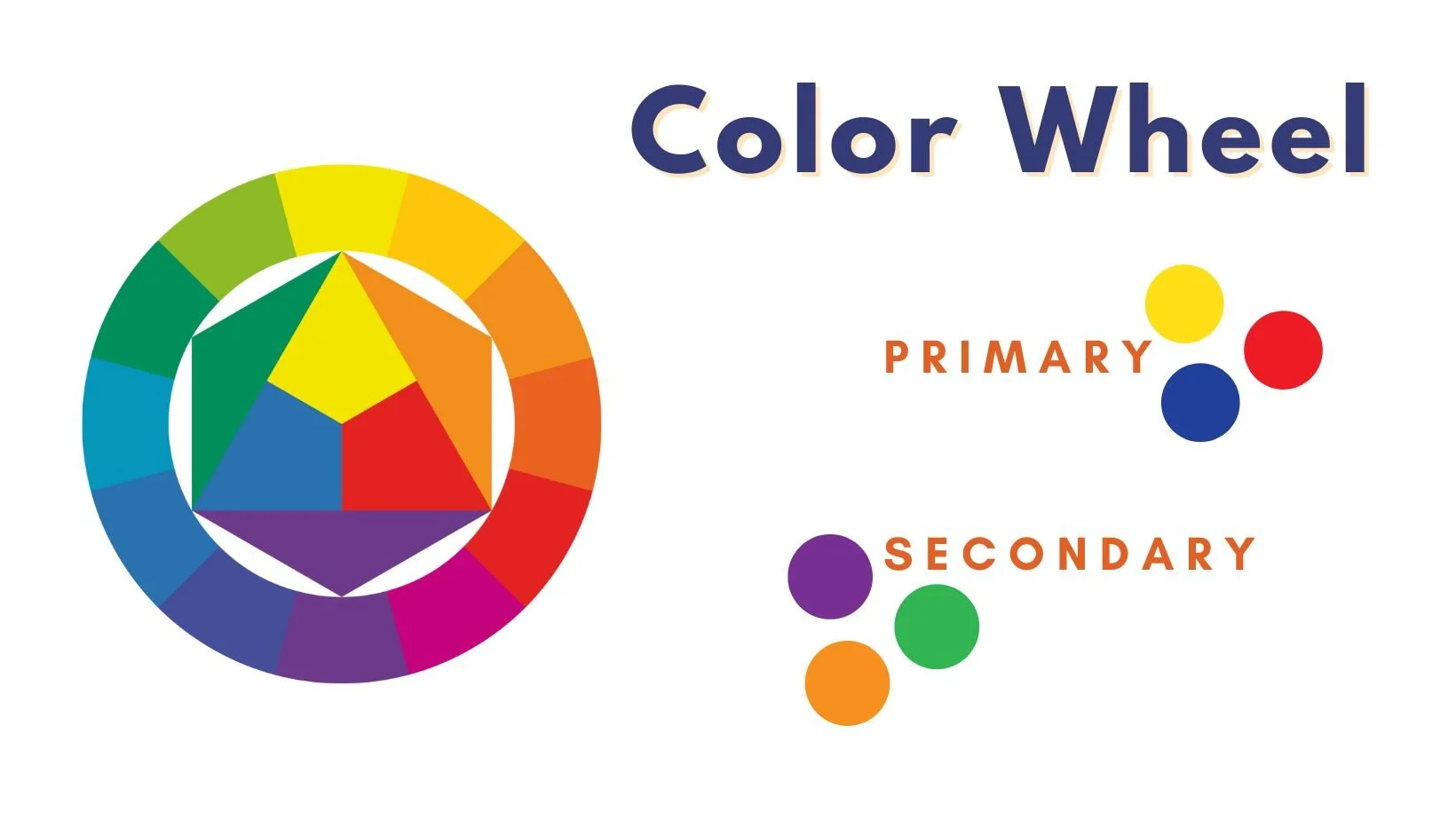The Magic of Primary Colors and the Color Wheel
Colors have always played a significant role in human history, from the earliest cave paintings to modern digital art. They have the power to evoke emotions, convey messages, and even influence our perceptions. Among the myriad of colors, we see every day, there are three that stand out as the foundation of all other hues: red, yellow, and blue. These are known as the primary colors. In this blog post, we will explore the fascinating world of primary colors, their relationship with secondary and tertiary colors, and the significance of the color wheel in art.
What are Primary Colors?
Primary colors are the most basic colors from which all other colors can be produced by mixing. They are the building blocks of the color spectrum and cannot be created by combining other colors. In the context of visual arts, the primary colors are red, yellow, and blue. These colors are considered fundamental to color mixing because they provide the basis for creating an infinite range of hues.
Secondary and Tertiary Colors
When two primary colors are mixed together in equal amounts, they produce a secondary color. There are three secondary colors:
Green — created by mixing blue and yellow
Orange — created by mixing red and yellow
Purple — created by mixing red and blue
Secondary colors are one step away from primary colors on the color wheel, which we will discuss in more detail later in this article.
Tertiary colors are created by mixing a primary color with a neighboring secondary color. There are six tertiary colors:
Yellow-orange
Red-orange
Red-purple
Blue-purple
Blue-green
Yellow-green
These colors are found between primary and secondary colors on the color wheel.
Mixing Primary Colors to Create Different Hues
The process of mixing primary colors allows us to create a wide variety of hues. For example, by varying the ratio of red and yellow, we can produce different shades of orange, from a bright, vivid shade to a more muted, earthy tone. Similarly, combining different amounts of blue and yellow can result in various shades of green.
Primary Color Mixing
It’s important to note that the specific hues created depend on the pigments used and the medium in which the colors are mixed. For instance, mixing colors in paint will yield different results than mixing colors on a computer screen. Understanding how primary colors interact is essential for artists and designers who wish to create diverse color palettes and harmonious compositions.
The Color Wheel: A Visual Representation of Color Relationships
The color wheel is a circular diagram that visually represents the relationships between primary, secondary, and tertiary colors. It is an essential tool for artists and designers, as it helps them understand how colors relate to one another and make informed decisions about color combinations.
Color Wheel
On the color wheel, primary colors are equidistant from each other and form a triangle. Secondary colors are positioned midway between the primary colors they are derived from, while tertiary colors are placed between primary and secondary colors.
Complementary Colors
Complementary colors are colors that are opposite each other on the color wheel. When placed next to each other, complementary colors create strong visual contrast and enhance each other’s intensity. Some examples of complementary color pairs include:
Red and green
Blue and orange
Yellow and purple
Artists often use complementary colors to create dynamic compositions and evoke specific emotions in their work.
The Evolution of the Color Wheel
The concept of the color wheel dates back to antiquity, with early versions being attributed to Greek philosopher Aristotle and ancient Chinese scholars. However, the color wheel as we know it today was first introduced by Sir Isaac Newton in 1666. He created a circular diagram that represented the visible spectrum of light, with primary colors (red, yellow, and blue) and secondary colors (orange, green, and purple) equally spaced around the circle.
Over time, various artists and scientists have adapted and expanded the color wheel to suit their needs. For example, in the 18th century, painter and writer Moses Harris developed a more detailed color wheel that included tertiary colors. Later, in the 20th century, Swiss painter Johannes Itten developed a 12-hue color wheel based on his studies of color theory and psychology.
Throughout history, many artists have used the color wheel as a guide for creating harmonious color schemes in their work. For example, Vincent van Gogh’s famous painting “The Starry Night” uses complementary colors (blue and orange) to create contrast and depth. Similarly, Pop Art pioneer Roy Lichtenstein often employed bold, contrasting colors in his comic book-inspired paintings.
Why Understanding Primary Colors and the Color Wheel is Essential
A thorough understanding of primary colors and the color wheel is crucial for artists, designers, and even everyday people who want to create visually appealing spaces or objects. It provides a foundation for understanding how colors interact, how to create different hues by mixing primary colors, and how to achieve balance and harmony in color schemes.
In conclusion, the magic of primary colors and the color wheel lies in their ability to help us make sense of the colorful world we live in. By exploring these fundamental concepts, we can unlock our creativity and bring more beauty, emotion, and meaning to our art and design projects.


